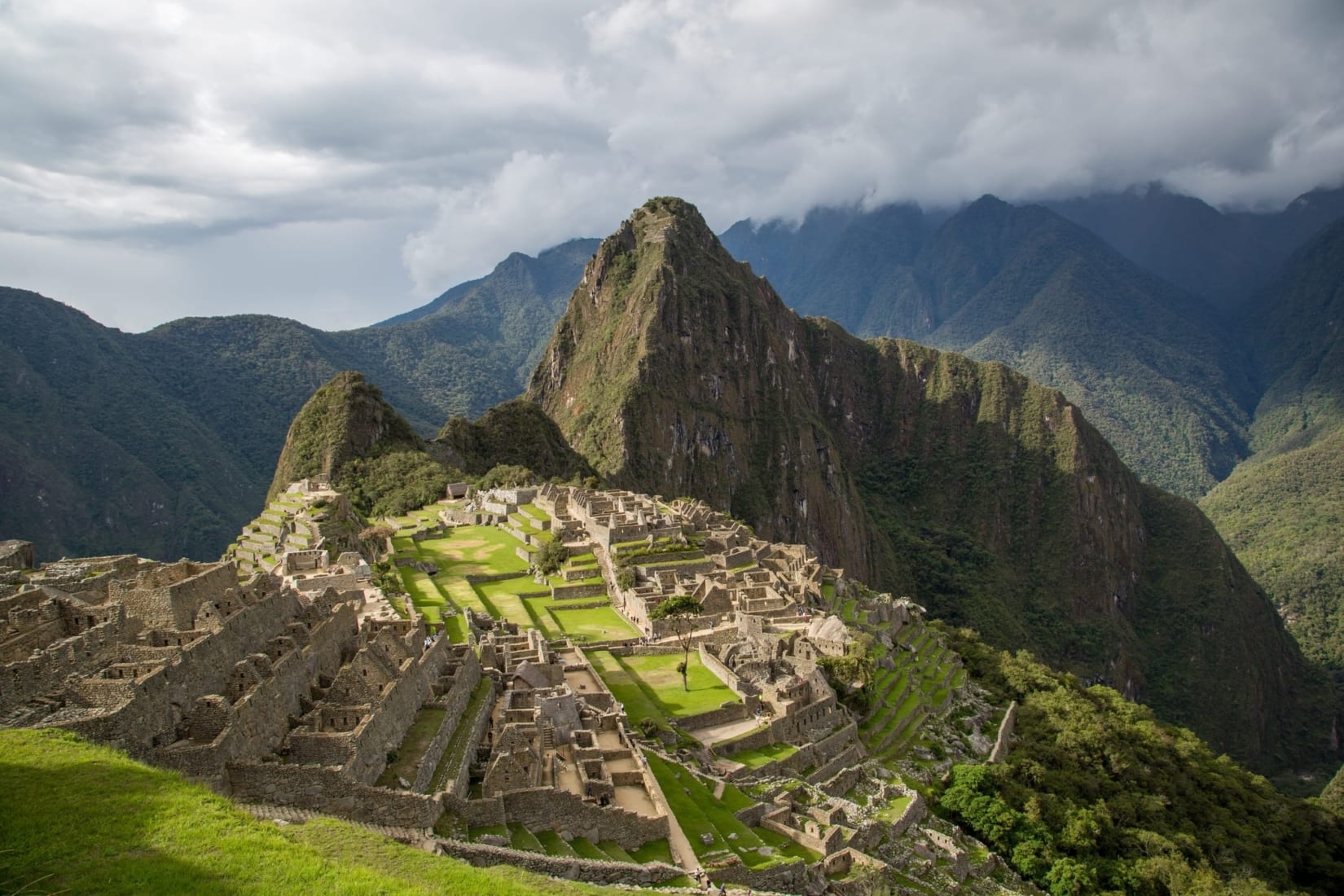Peru has a diverse climate, with rainy seasons lasting from November to March and dry seasons from April to October. Depending on where you are in Peru, the weather can be dry and desert-like in the highlands, or rainy and humid in the jungle. Coastal areas experience little rain and less humidity.
Visa requirements for visiting Peru

Tourist visa to Peru is not required for most nationalities. You can stay in Peru for up to 90 days within 180 days without a visa. However, if you plan to visit the country on a business trip, then you will need a business visa. It is important to check the details before making your decision on whether or not to visit Peru. In addition, you will need a valid flight itinerary to Peru.
There are several types of visas for tourists to Peru. Canadian and British nationals do not need a visa to enter the country. Those who have an APEC Business Travel Card are exempt from visa requirements for stays up to three months. In addition, you will need at least two free pages of your passport.
Peru visa requirements for tourist travelers vary from one country to another. Some countries require a visa for tourists, while others require it for recreational travelers. There is no online visa application process in Peru, so you will have to personally visit a Peruvian embassy to apply. Then, you must show proof of your business activity and pay the visa fee in cash.
The Peruvian government has tightened immigration procedures. If you overstay your visa by more than 90 days, Peruvian immigration can require you to leave the country. However, once you leave the country, you must wait another three to 30 days until you are allowed to return.
Best time to visit Machu Picchu

The best time to visit Machu Picchu is in the early morning, as the sunrises are spectacular. Also, when you arrive, the crowds are not as thick as they are during the afternoon. After 3 pm, the rangers are more relaxed and you can stay longer in the sights.
September is one of the best months to visit Machu Picchu in Peru. The climate is pleasant, and it is not as crowded as it is in July and August. This is also the best time to visit if you plan to hike the Inca Trail. The Inca Trail is closed in February and March due to heavy rains.
The rainy season in the Andes is from November to April. The wettest month to visit Machu Picchu is January, although temperatures are still pleasant. Temperatures range between 80degF / 27degC, and the ruins are less crowded during this time. However, keep in mind that low-lying clouds may hamper visibility. Regardless of the weather, the views from Machu Picchu are breathtaking.
October is the shoulder season in Peru, when temperatures are comfortable but not hot. The climate is temperate and pleasant – temperatures will be between six and twenty degrees Celsius (42-68 degrees Fahrenheit). Inti Raymi, a colorful festival honoring the Sun God, is held during the month of October.
Avoiding taxi drivers

Although Peruvian taxi drivers can be charming and funny, they may not be trustworthy. Be sure to tip them well and keep your change. Moreover, some taxi drivers may even be dangerous. It is important to be wary of these taxi drivers, and to never flag down one in the street.
While in Peru, it is best to stay with taxi companies that you have heard of and rely on. Also, make sure to avoid arriving late at night, and learn the basics of Spanish. Most people do not speak English, so it is important to be able to communicate in Spanish. Also, it is best to stay away from remote locations. Instead, try talking to locals and asking for advice.
While visiting Peru, it is important to be aware of potential theft and violent crime. This country is full of thieves, so you should take extra precautions to protect your valuables. It is recommended to place small items such as laptops and iPads on the floor to prevent theft. You should also keep your window open, which makes it harder for thieves to smash it.
If you are traveling alone as a woman, you should always be extra careful about the taxi drivers you are hiring. Women are particularly vulnerable to rapes and muggings in Peru. It is therefore important to travel with a friend or a travel companion. Also, be sure to use rideshare apps to locate a reliable taxi service. These apps will also let you negotiate prices.
Packing for a trip to Lake Titicaca

The high altitude of Lake Titicaca makes it an amazing location to visit. It is the highest navigable lake in the world, and it lies between the countries of Peru and Bolivia. Lake Titicaca is also one of South America’s most beautiful natural wonders, with its deep blue water and ring of snow-capped peaks. When visiting Peru, you can visit the Peruvian side of Lake Titicaca, where you can participate in the famous Fiesta de la Virgen de Candelaria. The lake is also rich in culture, with beautiful archeological sites.
It is important to pack warm clothing and comfortable walking shoes. You will want to protect yourself from the high altitude and protect your skin from the harsh sun. Also, bring medication in case of sickness or headaches. Be aware that the water in Peru is not safe to drink, so be sure to bring plenty of bottled water.
To avoid altitude sickness, make sure to acclimatize before you head to Puno. You will need at least a day to adjust to the high altitude. If you are traveling from Cusco, this step should not be too challenging. Coca leaves are a traditional way to reduce the effects of altitude sickness. You can purchase them at local markets or at most restaurants. There are also pills available in the local pharmacy to help alleviate altitude sickness.
The weather in Peru is unpredictable. It can be hot in the highlands and cold in the desert. To prepare for the high altitudes, you’ll need layers and light-weight cotton clothing.
Avoiding Inca Cola in restaurants

Inca Kola is a soft drink that originated in Peru. It was created to celebrate Peru’s 400 year history. A British family founded the Santa Rosa Soft Drink Factory, and the first Inca Kola was marketed in 1935. The drink has been associated with Peruvian culture ever since, and the Coca-Cola company has incorporated various slogans into its marketing.
The drink is clear yellow in color and is sweet. It has a bubble gum flavor and is popular among the locals. The soft drink has an interesting history. In 1910, a foreign couple established a soda shop in Cusco, Peru, where they sold lemon verbena-flavored carbonated beverages.
You can purchase Inca Kola at convenience stores and grocery stores in Peru. This sweet beverage is usually served with ice, and is a popular drink in the country. In addition, it is common to order pisco sour, a cocktail made of pisco liquor, lemon juice, and Angostura bitters.
Avoiding Inca Cola in restaurants when traveling to Peru can make a world of difference. In Peru, Inca Kola has a local market share of around 26%, while Coca Cola has an estimated 25.5% of the market. In fact, Coca-Cola have the largest share of the soft drink market in South America, but Inca Kola has a huge share of the local market.
Getting around in Cuzco

When visiting Cuzco, Peru, you must have a plan for getting around. The roads are extremely busy, and drivers are aggressive. You will want to hire a taxi, which can be expensive, or use public transportation such as buses. If you’re staying in Cuzco, you’ll need a car, but there are a number of options for getting around. You’ll find taxis on many corners of the city, as well as in the downtown area.
If you’re planning to rent a car, you should know that the cost is roughly the same as in the USA or Europe. You can rent a small car for about $40 a day, or a larger one for about $200 a week. Motorbikes are also available for rent, and they’re a great way to get around a city. If you’re an American or European citizen, your international driving license will be valid for six months in Peru. However, if you’re staying in Peru for longer than six months, you’ll need to get a driving permit.
If you’re a woman, it’s important to be cautious when using taxis. This city is a notorious hotbed for crime, and it is not a good idea for women to be alone. The best way to avoid this is to use a taxi service. They can arrange a safe taxi for you and provide a tour guide to make sure you don’t get lost.

